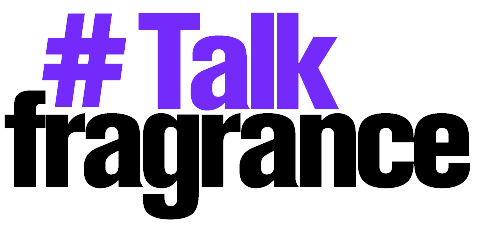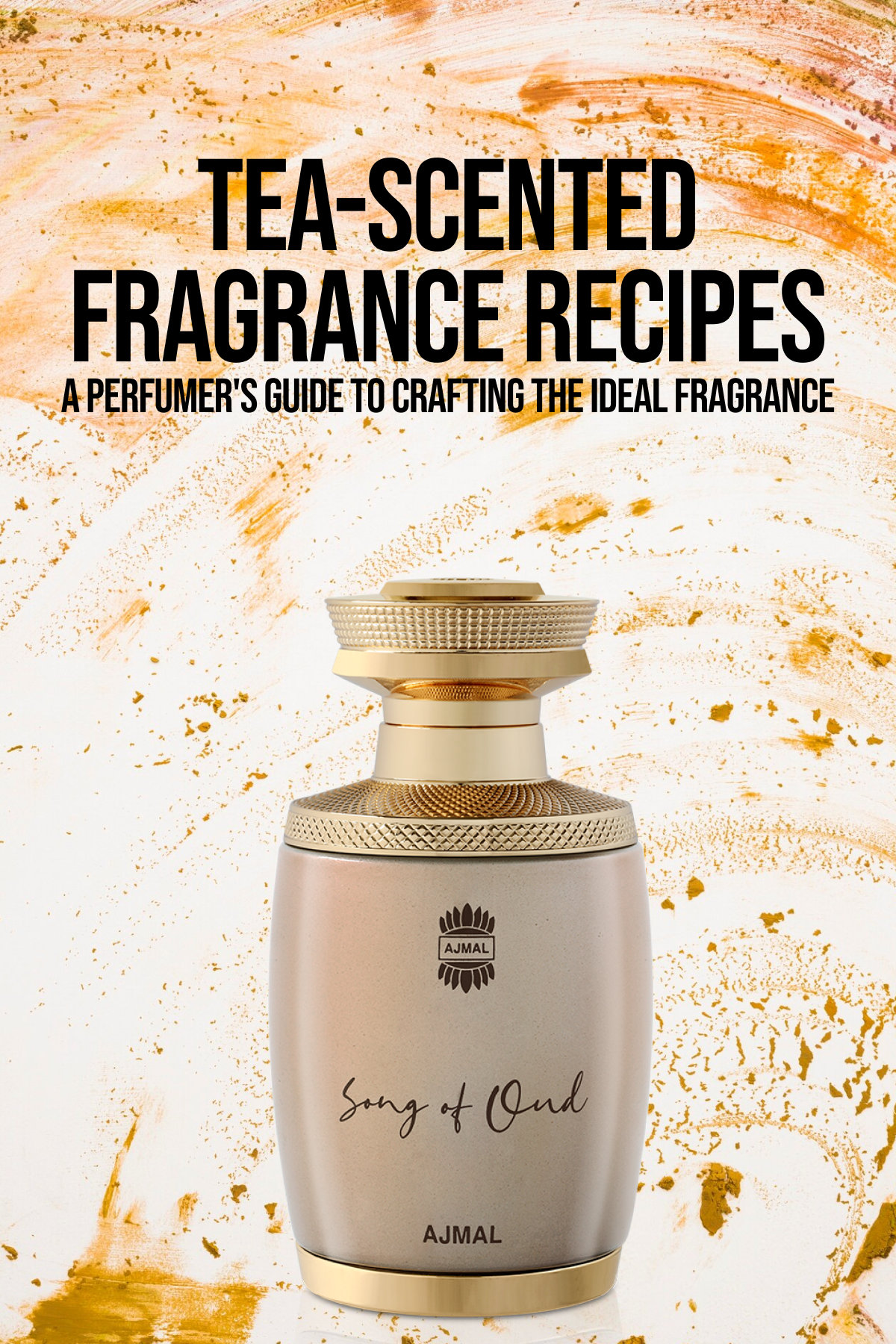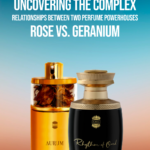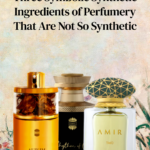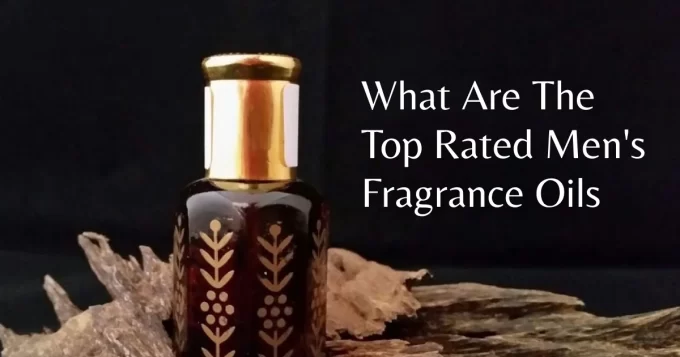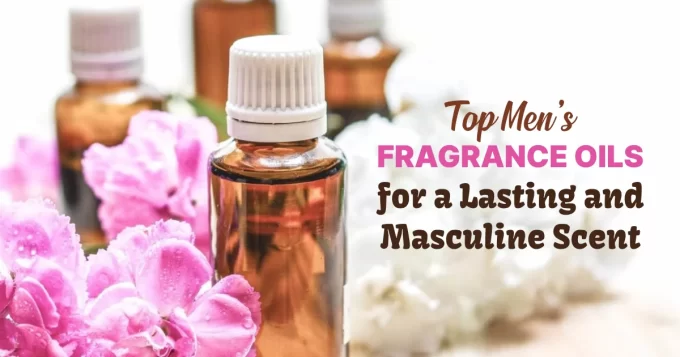Tea-Scented Fragrance Recipes: A Perfumer’s Guide to Crafting the Ideal Fragrance
Tea has always been a source of inspiration for perfumers due to its extensive history, wide range of flavor characteristics, and innate capacity to calm the senses. But it’s no easy task to transform the alluring scent of tea into a compelling fragrance.
Every tea variety offers different opportunities and challenges for the oriental perfume in terms of scent, ranging from the powerful, smoky character of lapsang souchong to the delicate floral notes of jasmine tea.
In order to properly capture the essence of tea in their creations and guarantee that the finished aroma evokes the same sense of tranquility and sensory delight as the beloved beverage, perfumers must carefully consider and employ a number of strategies, which we will go over in this extensive tutorial.
Recognizing the Intricacy of Tea Aromas
A profound understanding of the complex and multidimensional qualities of tea’s aroma is essential to creating a perfume with tea as an ingredient. The aroma profile of tea is a well-balanced combination of many elements that all add to the overall experience:
- Flower Notes: A lot of tea kinds, such chamomile and jasmine, include subtle flower scents that give the fragrance a refined, delicate quality.
- Herbaceous and Grassy Notes: Some teas, particularly green tea, have a vivid, verdant quality that conveys a sense of being in nature, especially when the leaves are freshly harvested.
- Notes of Smoke and Roast: Teas with a rich, almost campfire-like smokiness, such as lapsang souchong and oolong, contribute depth and complexity to the aroma.
- Earthy and Woody Notes: The processing and oxidation of tea leaves can leave behind delicate undertones of earth and wood that help to balance the scent.
- Fruity and Citrus Notes: Some teas, especially those from Yunnan, China, have surprisingly fruity or even citrusy undertones.
To produce a tea-inspired scent that is both authentic to the source material and fascinating on its own, perfumers must carefully balance these many olfactory characteristics.
Important Components and Methods
Perfumers frequently use a combination of carefully chosen raw materials and inventive blending techniques to capture the essence of tea in a perfume:
- Tea Absolute and Extracts: You can get a base tea note that forms the core of the scent by directly sourcing tea absolute or extracts from the leaves, blossoms, or even the fermentation process.
- Herbal and Floral Agreements: The inherent floral and herbaceous characteristics of tea can be enhanced by adding complementary floral and herbal notes, such as neroli, sage, or jasmine.
- Scents of smoke and wood: Enhance the overall aroma profile by combining the tea notes with woody, resinous, or smokey background notes, such as patchouli, vetiver, or birch.
- Accents of Citrus and Fruit: Slightly incorporating fruity or citrus notes, like blackberry, lemon, or bergamot, can balance and enliven the tea flavor.
- Blending Methods: To depict the complex and evolving nature of tea’s scent, perfumers may utilize methods like segmentation, layering, or headspace technology.
How to Make the Ideal Fragrance Infused with Tea
A careful balancing act between technological know-how and artistic ability is needed to create a scent with a fascinating tea motif. In addition to being aware of the subtleties of tea’s aroma, perfumers need to be able to interpret these scent components into a blend that is both harmonious and evocative.
The most popular tea-infused fragrances frequently have a few essential elements in common:
- Authenticity: The scent should provide a sensory experience that is faithful to the original material and should accurately capture the essence of the tea it aims to portray.
- Complexity: The combination of distinct tea-related notes and well chosen supporting accords gives the fragrance depth and intrigue.
- Evocative Power: The aroma should be able to take the wearer back in time to a particular location, occasion, or feeling that is connected to the ritual and experience of sipping tea.
- Longevity: A well-made tea-infused perfume should have a strong hold on the skin, enabling the wearer to enjoy the alluring scent all day.
Perfumers are likely to become more and more in need of the ability to capture the essence of tea in perfume as the market for distinctive, handmade perfumes expands. Through the skillful manipulation of tea’s complex aroma, these imaginative trailblazers are able to create fragrances that entice the senses while simultaneously evoking feelings of peace, nostalgia, and a sense of connectedness to the ageless customs of tea culture.
Obtaining the Raw Ingredients
The correct raw ingredients must be carefully chosen and procured in order for a tea-inspired scent to succeed. There are many possibilities available to perfumers:
Tea Extracts and Absolutes:
These are pure, concentrated essences made from the fermentation process, flowers, or tea leaves. They supply a genuine, lifelike tea note that forms the basis of the scent.
Green tea, black tea, oolong tea, and jasmine tea are among the common tea absolutes used in perfumery.
Tea extracts are another tool available to perfumers; these can capture the more complex and delicate aspects of a tea’s scent.
Organic Botanical Components:
Perfumers use a variety of botanical elements to accentuate the floral, herbaceous, smokey, or woodsy notes of tea in order to balance the tea characteristics.
Jasmine, rose, lavender, sage, oakmoss, and different woods like cedar or sandalwood are a few examples.
These organic components contribute to the development of a harmonious, all-encompassing aroma profile that evokes the full tea-drinking experience.
Artificial Fragrances:
Although natural components are ideal, perfumers may also add carefully chosen synthetic fragrance molecules to highlight particular characteristics or fill in any gaps.
Synthetic substances can imitate aromas that are difficult to get naturally, such as citrus notes, smoke, or even tea leaves.
When used sparingly, these artificial components can enhance the fragrance’s authenticity and completeness.
